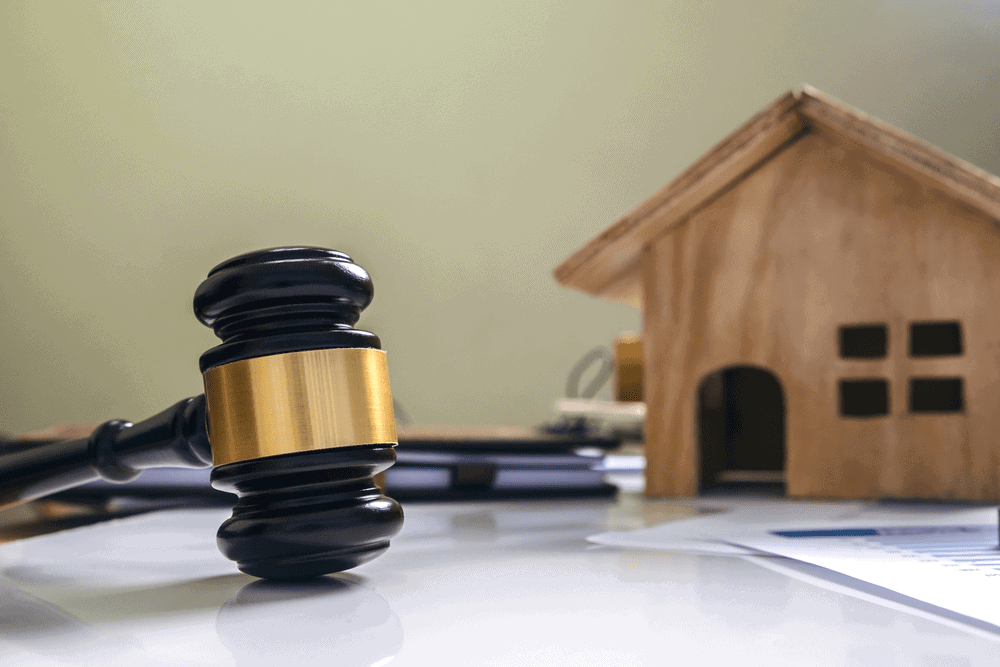Confiscation orders are often an ancillary consequence suffered by defendants in criminal proceeds. Pursuant to the Confiscation Act 1997 (Vic), individuals charged with criminal offences, as well as their family members and partners, can have their property confiscated. There are several procedural steps that occur once property is confiscated, as well as strictly enforced timeframes for exclusion. A failure to abide by these procedural requirements can result in penalties, both financial and even potentially the loss of property assets (yes, they can take your house!). Contravention of orders can also incur criminal charges.
What is a Confiscation / Restraining Order?
Before a confiscation order is made, the court will create a restraining order. This is an intermediate order that is essentially the first step in the government securing the property, with the possibility of making a future, permanent application to obtain it. Somewhat controversially, the DPP may apply without notice to the magistrates’ court within 48 hours of a person being charged with a Schedule 1 or Schedule 2 offence for their property to restrained, in accordance with section 16(1) and 16 (2AA) of the Confiscation Act. Once the order is approved, all parties who the police identify as having an interest in the property will be notified. The law surrounding restraining orders is governed by section 14 of the Confiscation Act. This section essentially restricts a defendant, or any other interest holder, from being able to deal with the property in question. This means that an accused, or an associated interest holder, cannot do things such as sell the property, take out a mortgage over it, or give it away. Property confiscation encompasses various property assets, including houses, cars, or any other property a defendant may own (luxury goods such as watches, and jewelry are commonly obtained).
Is it possible to have property excluded from a Restraining Order?
Luckily, pursuant to section 20 of the Confiscation Act, it is possible to have property excluded from a restraining order by making an application to the Court. To facilitate this, it is important to know whether the property has been restrained for the purpose of automatic forfeiture. If this is the case, then the Restraining Order stage is the only opportunity to apply for exclusion before the property is automatically forfeited. Moreover, if the order in relation to a criminal charge, then an accused can submit an application for exclusion within time and provide reasons as to why it should be excluded from the order. The court will consider several things when determining if property should be excluded from the order. These include whether a person has been charged, and the circumstances of the offending. For example, if the property was not obtained from the offending and considered ‘tainted’ then there would be strong grounds to have it excluded from the order. Additionally, if a person had an interest in the property but was not themselves involved in the offending, they would also have grounds for exclusion. It is important to note, however, that exclusion is based on the court’s determination. Additionally, strict time limits apply to exclude property, or proprietary interests, from a restraining order. Typically, applications must be made within 30 days from commencement. However, if you were not provided with prior notice of the Restraining Order, then the 30 days starts from the date you first received notice.
What happens if an order is contravened?
Breaching a restraining order has extensive consequences. As outlined in section 29 of the Confiscation Act, a person who knowingly contravenes a restraining order by ‘disposing of, or otherwise dealing with, an interest in property to which the order applies’ is guilty of an indictable offence and may be liable to level 5 imprisonment (10 years maximum), or a level 5 fine (1200 penalty units, or $222,000). It is therefore imperative that if a person has their property restrained that they seek expert legal advice, as they face substantial criminal liability if they decide to deal in the property.
What happens if charges are dropped, or there is an acquittal?
In accordance with section 27(3)(a) of the Confiscation Act, if the charge is withdrawn then the restraining order ceased to be in force seven days after withdrawal. Similarly, in line with section 27(3)(b), if an accused is acquitted of the charges, the restraining order ceases to be in force when the acquittal occurs.
What happens if there is a finding of guilt?
Pursuant to section 31 of the Confiscation Act, if an accused is found guilty of an offence to which the property has been restrained, then the property may be forfeited and sold to pay compensation. Whilst this is possible, there are several procedural requirements that the state must first satisfy. These include determining the value of the property and the award of restitution, compensation or damages owing to the victim (to be determined by the judge in accordance with the Sentencing Act 1991).
How Galbally Parker Confiscation & Restraining Order Lawyers Can Help
Ultimately, restraining orders are complicated. If your property has been restrained or confiscated, you will need an expert confiscation and restrining order lawyer, such as those here at Galbally Parker, to help navigate the exclusion process and to successfully retain your property.


